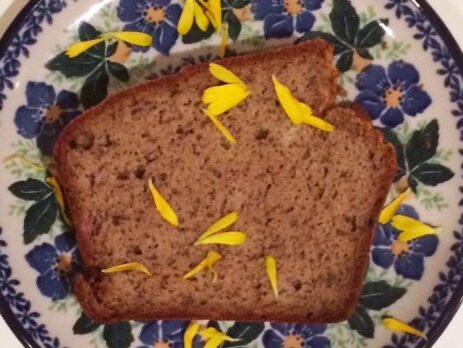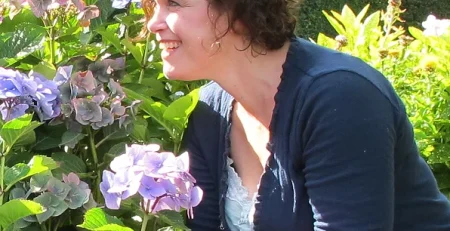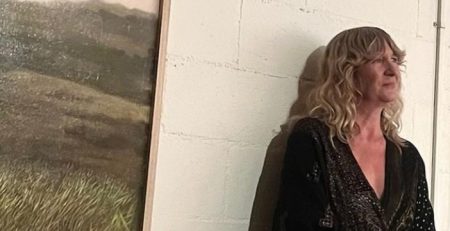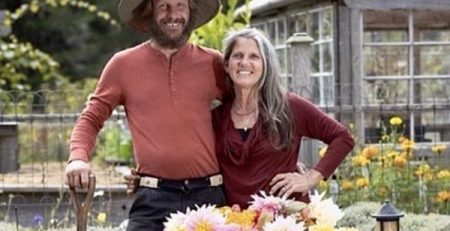Sugar & Self-Love
As a wellness coach, everything I do in my personal life becomes a practice in deeper awareness. What I eat is no exception. Often clients approach me in wanting to develop healthier eating habits. One of the main concerns they are faced with is how to have a better balance around sugar cravings.
Aside from the physiological addictive quality of sugar cravings, the emotional imbalance of a sense of lack of nurturance in one’s early life seems to be part of the bigger picture. I recently attended a live online course at Teleosis Institute focusing on the work of Dutch homeopath Tinus Smits, MD. His system of healing uses seven universal archetypes he called Inspiring Homeopathy.
One of the remedies we studied was Saccharum Officinale
“The remedy Saccharum officinale, made from pure cane sugar, the same source as common white sugar, and brown sugar, corresponds to one archetype– lack of self-love. As part of becoming fully human, many hopefully experience unconditional love from our parents. Yet, at times we experience disconnection or loss of love. What happens when this becomes our basic story—a delusion that we are not connected with the source of Love? Often, different mechanisms of compensation develop for these feelings of frustration from lack of love and affection. A common compensation is an insatiable appetite or rather a need to put most anything in our mouth, like tobacco, gum or fingernails. The most common seems to be the desire for sweets.” Joel Kreisberg DC – Searching for Love, Saccharum Officinale and My Desire for Sweets
“Sugar craving is seeking other sources of pleasure. It’s not the sweet that our brain urges us to give it – it’s satisfaction.”
~ Dylan McGregor, Sugar is the Enemy
In working with clients who wish to achieve balance in this area, the first step is developing a sense of awareness around emotions and sugar habits. I always offer journaling, as it prompts to help guide clients to a deeper sense of self.
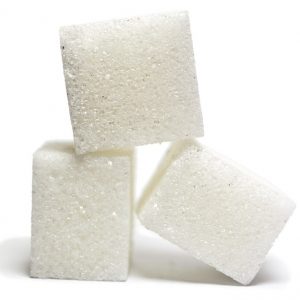 Here are some questions that can illuminate the path to more mindful eating of sweets and how a sense of self-love may be lacking
Here are some questions that can illuminate the path to more mindful eating of sweets and how a sense of self-love may be lacking
When do I notice myself craving sugar most?
Do I feel that something is missing when I reach for a sweet treat?
What comfort do I find in eating sugar?
What healthy ways can I find to nurture myself?
Discovering ways to apply nurturance to self is a journey toward recognizing the difference between self-indulgence and self-nurturance.
By Leon F. Seltzer PhD From Self-Indulgence to Self-Nurturing-Psychology Today, June 8, 2008
“So how do we make the transition from indulging ourselves to nurturing ourselves? Let me say, first of all, that such an evolution of being is far easier to describe than actually implement. But the transformation mostly involves learning how to see ourselves as worthy of all the things denied to us by our parents. Now, as adults, we must find a way of coming into our own authority and assert to ourselves—again and again until it begins to feel true to the hurt child deep within us—that we’re worth taking more loving care of than our parents seemed to think we were. We also must begin to treat ourselves with more respect, love and compassion.”
Once you have a deeper understanding of the emotional imbalance, this is when you can begin to physically shift the habit.
Try this exercise below in reducing your sweetness cravings and sugar consumption.
Avoid eating anything with added sugar 2 days in a row. Once you’ve developed and maintained this balance for 1 month, go deeper by allowing yourself to eat sugar foods twice a week. Do this for 1 month. Then, shift to eating sweets once a week, and so on. For some, complete avoidance may be necessary to re-balance your system. You might even feel so good that you will want to remain sugar-free.
After many years of struggling with sugar cravings, culminating in a severe intestinal Candida infection, I have been on a strict sugar avoidance diet for over 10 years. One of my personal mindfulness practices over the past decade has been to hone my skills in the art of gluten and sugar free baking. As I was developing my recipes, I realized that I could nurture my self and others without the use of sugar. It was fulfilling and delicious! By accepting this practice, I am re-writing the story that I am unworthy of love. I am able to connect with a sense of self-worth and apply more nurturance in my life.
Explore the art of sugar-free baking as a way of cultivating love and acceptance of your self while also being able to give to others.
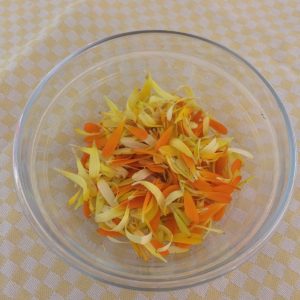 Dina’s Vanilla Bean Banana Bread infused with Calendula Petals
Dina’s Vanilla Bean Banana Bread infused with Calendula Petals
This is one of my favorite recipes. It’s made without gluten, dairy or sweeteners. You can add whatever edible flowers are growing in your garden. This time I used Calendula petals. Interestingly, Calendula flower essence is used to help initiate clear, kind communication. It works by allowing one to be softer with their words and open to receptivity of what others are saying. By sharing this delicious treat you can nurture the warmth in your connection with your loved ones and create a healthier balance.
Ingredients:
2 Cups + 2 Tablespoons Gluten-Free Flour (I like a combination of quinoa, rice and millet flours)
1-Teaspoon Baking Powder
1-Teaspoon Baking Soda
¼ Teaspoon Salt
1-Tablespoon Vanilla Bean Powder
3 Eggs
½ Cup Olive Oil
3 Ripe Bananas
½ Cup Oat Milk (or milk of choice)
½ Cup Calendula Petals (or any edible flowers of choice)
Pre-heat oven to 350 degrees. Mix the flour, baking powder, baking soda, salt and vanilla bean powder in a bowl. Using a mixer on high speed, mix the eggs and olive oil well. Add the dry ingredients to the mixer bowl and blend well. The mixture will be crumbly. Add the milk and bananas and blend on high until smooth. Fold in the flower petals by hand. Pour into an oiled bread pan and bake for 50-55 minutes. Insert a knife in the center; it should come out clean when done.
Let sit in the pan for 20-minutes before transferring onto a plate. Garnish with fresh flowers. Enjoy!

